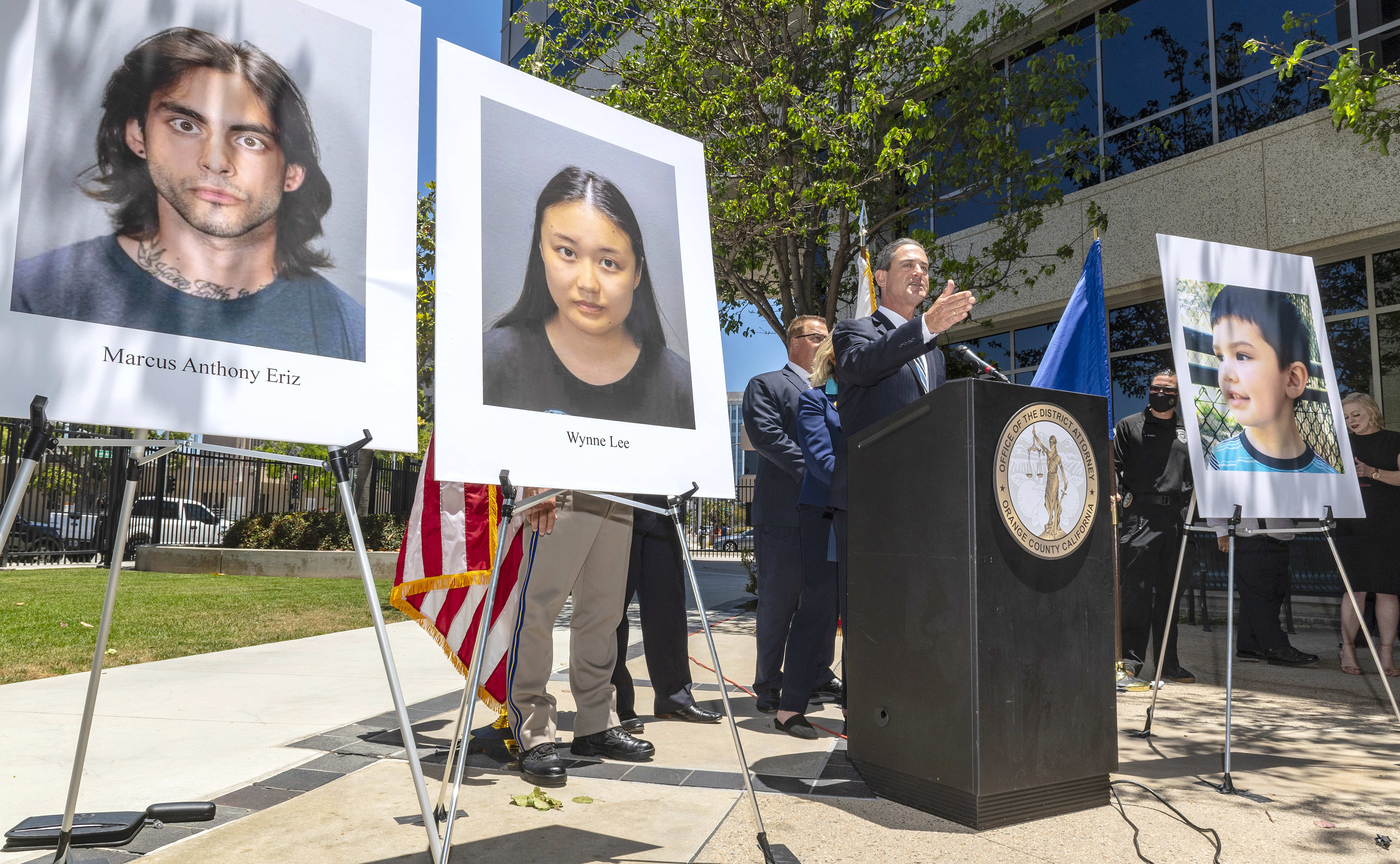More than 10,000 people have been injured – 321 of them fatally – in California over the past ten years as a result of high-speed police chases, according to data obtained by NBC4.
The deaths and injuries have continued apace in the state even after a law was enacted to try to reduce the number of chases and make them less dangerous. In fact, the data show that individual chases have become more deadly since the law went into effect in 2006.
Last year alone, pursuits culminated in crashes that caused 927 injuries and 33 deaths, among them one police officer and eight people who were either passengers or bystanders, according to the data, which was provided to NBC4 by the California Highway Patrol.
In the most recent case, a grisly collision in Los Angeles on Saturday that killed two women and injured three other people at a taco truck in Boyle heights, driver Elba Jimenez, of Upland, will be charged with two counts of murder, felony drunk driving and failing to yield to law enforcement, said a top official at the California Highway Patrol.
CHP officers said they initiated that chase after Jimenez, who allegedly was weaving in lanes, failed to pull over after they flashed their lights and blared their sirens on I-10 near downtown. They pursued her to Northbound I-5, where Jimenez allegedly exited at Cesar Chavez and plowed into a parking lot filled with people.
“It’s an absolutely tragic situation,” Asst. Commissioner Ramona Prieto told NBC4 on Monday. “My heart goes out to the families, the people who witnessed it, and the people who were injured. It’s a horrible, horrible situation.”
The CHP plans to investigate the incident, as it does all chases in which someone is injured or killed, she said.
Local
Get Los Angeles's latest local news on crime, entertainment, weather, schools, COVID, cost of living and more. Here's your go-to source for today's LA news.
“We have a standardized pursuit critique that carefully looks at every aspect of the pursuit,” Prieto said.
As concerns over high-speed chases have mounted over the years, the CHP has instituted a number of policies aimed at reducing their frequency and danger, Prieto said.
For example, she said, the police agency uses so-called spike strips – pieces of sharp, pointed equipment aimed at blowing out vehicle tires – which are dropped on the road in front of a fleeing car in an effort to disable it.
The CHP also employs what it calls an "immobilization technique," also known as a "PIT manuever," in which a squad car bumps a car whose driver is trying to flee in an effort to turn the car around and prevent him or her from driving away, Prieto said.
Officers undergo quarterly training about safety and appropriateness in pursuits, including spending time in a traffic simulator that mimics the experience of chasing a fleeing car.
Other police agencies have implemented stricter policies. The Los Angeles Police Department, for example, no longer engages in high-speed chases of drivers who are only suspected of traffic infractions or some misdemeanors.
"They're not pursuing for infractions and things like that, because it became very dangerous," said LAPD Capt. Anne E. Young, who heads the Central Traffic Division.
But many public safety advocates – and families of those killed or injured as a result of high-speed pursuits – say the state and law enforcement agencies aren't doing enough.
“Every chase increases the risk to public and to the police officers,” said Candy Priano of Chico, whose daughter, Kristy, was killed after a police chase in 2002.
Priano, who founded the watchdog group Voices Insisting on Pursuit Safety, said pursuit-related crashes kill an average of 30 bystanders every six weeks in the U.S.
Update: Detail added to category titles in chart.

The group is developing a legislative committee at the federal and state levels to call for changes in police training, is pushing for a law that would make reporting pursuit information by police agencies mandatory nationally and for stiffening penalties for those who flee police.
The CHP records, collected from the all police agencies in the state, show that the deadliest of the past ten years was 2009, when 42 people were killed in chase-related collisions in the state.
In fact, even though the total number of pursuits have gone down in the state since a law aimed at curbing them went into effect in 2006, the chases appear to actually have become more dangerous.
There was one death for every 228 chases in 2003, a year when California led the nation in police pursuits. The death toll in 2009 amounted to one for every 132 chases.
The casualties have sparked continuous soul-searching among law enforcement agencies, said Prieto of the California Highway Patrol.
“We talk about it frequently,” Prieto said. “Pursuits are a really important question for all law enforcement, because of the liability and the damage that can be caused. … What we do can really hurt or kill someone.”
But, she said, the agency ultimately believes that police agencies need to be able to pursue drivers who may have committed crimes or are driving erratically.
“Sometimes a bigger crime has been committed,” she said.

Follow NBCLA for the latest LA news, events and entertainment: iPhone/iPad App | Facebook | Twitter | Google+ | Instagram | RSS | Text Alerts | Email Alerts



